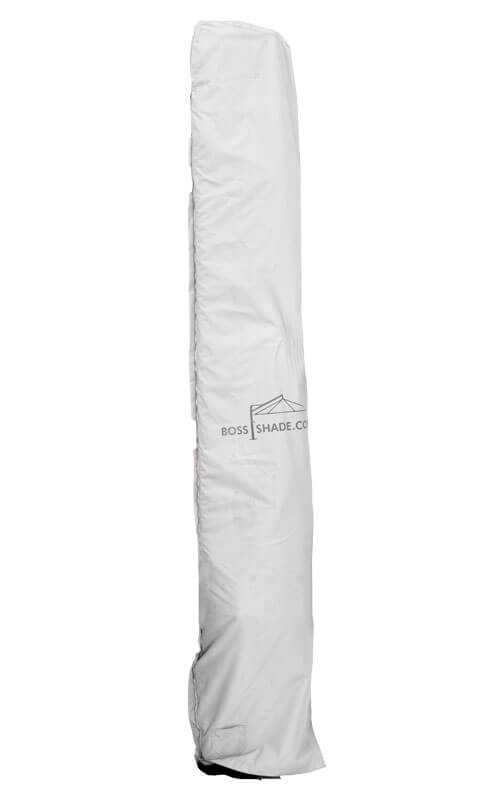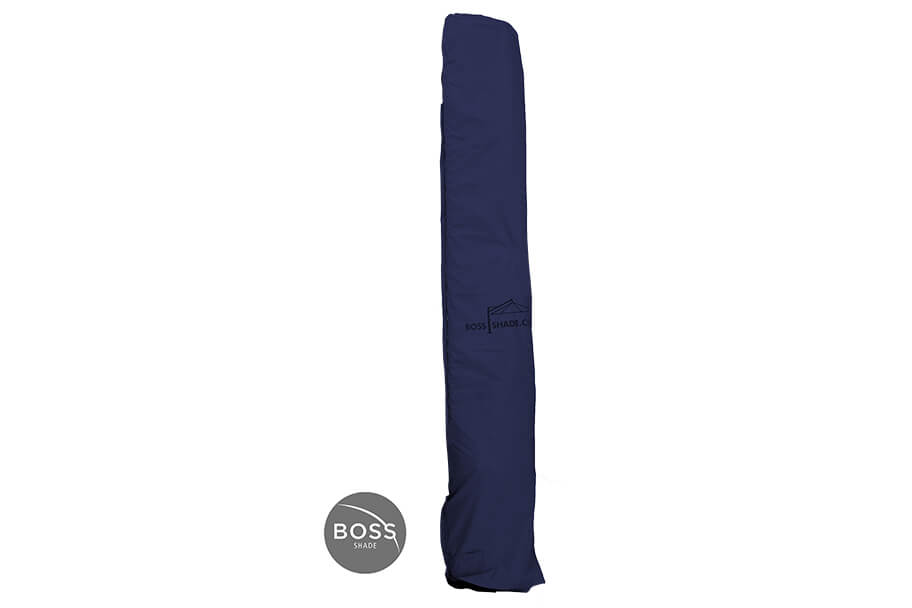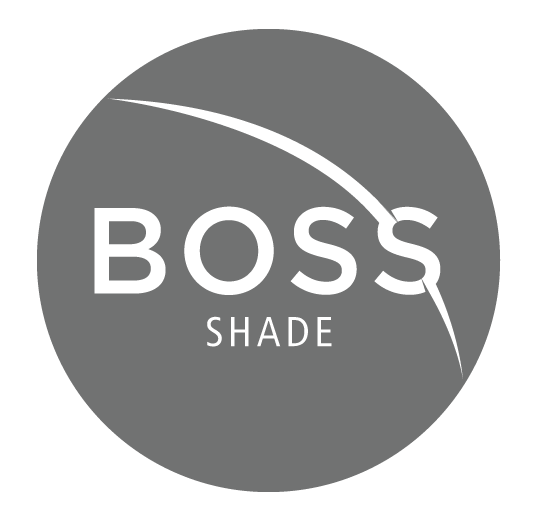Choosing the right cover is crucial for outdoor umbrellas, particularly in the unpredictable Australian climate. Whether you’re a café owner with a bustling outdoor space or a homeowner who enjoys entertaining in the garden, the right umbrella cover can make all the difference in extending the life of your investment. The debate between storm and standard covers often leaves many wondering which option provides better protection. This article will explore the differences between these types of covers, their materials, functionality, durability, and cost-effectiveness to help you make an informed decision.

Understanding the Basics of Storm Cover vs. Standard Cover
Before comparing storm and standard covers, it’s essential to understand what each type of cover is designed to do.
Standard Covers: These are the most common type of umbrella covers. They are typically made from polyester, vinyl, or canvas materials and are designed to protect your umbrella from everyday elements like sunlight, dust, bird droppings, and light rain. Standard covers are generally lightweight, easy to handle, and suitable for areas with moderate weather conditions.
Storm Covers: As the name suggests, storm covers are designed to withstand more extreme weather conditions. Constructed from heavy-duty, weather-resistant materials like marine-grade vinyl or reinforced polyester, storm covers provide enhanced protection against high winds, heavy rain, hail, and snow. These covers are often bulkier and heavier than standard covers, reflecting their ability to offer superior protection.
Protection of umbrella with cover Against the Elements
The primary purpose of any umbrella cover is to protect the umbrella from the elements. Still, storm covers and standard covers offer different levels of protection depending on the conditions they are designed to withstand.
Wind Resistance: In Australia, where sudden wind gusts can occur unexpectedly, wind resistance is crucial. Storm covers are designed with reinforced seams, heavy-duty zippers, and sometimes even adjustable straps to keep the cover securely in place during high winds. This makes them significantly more resistant to tearing or coming loose than standard covers. While effective in mild conditions, standard covers may not perform as well in windy environments and can be prone to damage if not properly secured.
Rain Protection: Standard covers are generally water-resistant, effectively repelling light rain. However, during heavy downpours, water may seep through the seams or the material itself, potentially damaging the umbrella. In contrast, storm covers are often waterproof, with sealed seams and robust materials that prevent water ingress, even during the heaviest rainstorms. This level of protection ensures that your umbrella remains dry and free from water damage, which is particularly important in regions that experience frequent or intense rainfall.
UV Protection: The harsh Australian sun can significantly damage outdoor fabrics over time, leading to fading, weakening of the material, and eventual failure. Both standard and storm covers offer UV protection, but storm covers typically have a higher UV resistance rating. This means they are more effective at blocking harmful UV rays, ensuring the umbrella fabric underneath doesn’t fade or degrade quickly. For those in sunnier regions, this enhanced UV protection can be a critical factor in extending the life of their outdoor umbrella.

Durability and Longevity
Durability is a major consideration when investing in an umbrella cover. After all, you want a cover that will last years and provide consistent protection without frequent replacement.
Material Quality: The materials used in storm covers are generally of a higher grade compared to those in standard covers. Storm covers are often made from marine-grade vinyl, reinforced polyester, or other heavy-duty materials designed to withstand prolonged exposure to harsh weather conditions. These materials are less likely to crack, fade, or tear over time, making storm covers a more durable option. While still made from quality materials, standard covers are typically not designed to withstand extreme weather conditions and may show signs of wear and tear more quickly.
Reinforcement: Storm covers often feature reinforced stitching and additional layers of protection in high-stress areas, such as the corners, around zippers, and at the seams. This reinforcement adds to their durability, ensuring they can withstand repeated exposure to extreme weather. Standard covers may not have these extra reinforcements, making them more susceptible to damage in challenging conditions.
Resistance to Mold and Mildew: Mold and mildew can be a concern in humid or rainy climates. Storm covers are often treated with antimicrobial or antifungal coatings, making them more resistant to mould and mildew growth. This treatment protects the cover and prevents the unpleasant odours and unsightly stains that mould and mildew can cause. Unless specifically treated, standard covers may be more prone to developing these issues over time.
Ease of Use and Maintenance
While protection and durability are critical, ease of use and maintenance are also essential factors.
Ease of Installation: Standard covers are lightweight and easy to slip on and off your umbrella. This makes them convenient for daily use, especially when the umbrella is frequently opened and closed. Storm covers, being heavier and bulkier, may require more effort to install. However, many storm covers come with features like zippers, Velcro straps, or drawstrings that make the installation more accessible, even if the cover is more substantial. While the added weight of a storm cover may be seen as a drawback, it is less likely to be blown away or displaced by strong winds.
Maintenance: Both types of covers require regular cleaning to maintain their effectiveness. Standard covers can often be cleaned with a simple wipe-down or by hosing them off. However, they may need more frequent cleaning if they are prone to collecting dust, bird droppings, or other debris. Storm covers, due to their more robust materials, may resist dirt and stains better, reducing the frequency of cleaning required. Additionally, the antimicrobial treatments on storm covers can help prevent the growth of mould and mildew, making them easier to maintain in the long run, especially in humid or rainy climates.
Cost Considerations of Storm Cover and Standard Cover
As with most outdoor products, cost is a factor that can’t be ignored.
Initial Investment: Standard covers are generally more affordable, making them an attractive option for those on a budget. They provide adequate protection for everyday conditions and are often sufficient for regions with mild weather. Due to their superior materials and construction, storm covers tend to be more expensive. The higher cost reflects the increased protection and durability that storm covers offer.
Long-Term Value: While the upfront cost of a storm cover may be higher, its durability and ability to protect your umbrella in extreme conditions can save you money in the long run by reducing the need for repairs or replacement. Over time, the extended lifespan of the cover and the umbrella it protects can more than offset the initial investment. In contrast, a standard cover may need to be replaced more frequently, especially if exposed to harsh conditions, leading to higher long-term costs.

Which Cover is Right for Your umbrella?
The decision between a storm cover and a standard cover ultimately depends on your specific needs and the climate in which you live.
Mild Climates: If you live in an area with mild weather conditions and only occasional rain, a standard cover may be sufficient to protect your umbrella. These covers are easier to handle, more affordable, and provide adequate protection for moderate climates.
Harsh Weather Conditions: If you’re in a region prone to storms, high winds, or heavy rainfall, investing in a storm cover is likely the better choice. The added protection will ensure your umbrella stays in top condition, even in the most challenging weather. Additionally, the enhanced UV protection offered by storm covers is particularly beneficial in sunny regions, where prolonged exposure to sunlight can cause significant damage to your umbrella.
Not all covers are created equal when protecting your outdoor umbrella. While standard covers may seem convenient for everyday use, they often need to catch up when the weather takes a turn for the worse. If you’re serious about safeguarding your investment, a storm cover offers unmatched protection in even the harshest conditions.
Standard covers might suffice for mild weather but can leave your umbrella vulnerable during storms, high winds, and heavy rain. On the other hand, storm covers are designed to withstand the most extreme weather, ensuring that your umbrella remains in pristine condition year after year. They offer peace of mind, knowing your outdoor space is shielded from the unpredictable Australian climate.
After looking at the factors, it’s clear that storm covers are better than standard covers for protecting your outdoor umbrella. Storm covers are made to handle tough weather like heavy rain and strong winds, and they last longer. Choosing a storm cover isn’t just about keeping the weather out—it’s also about making a smart investment to keep your outdoor space looking good for longer. A high-quality storm cover is the way to go for the best protection for your umbrella.

Call Bob

